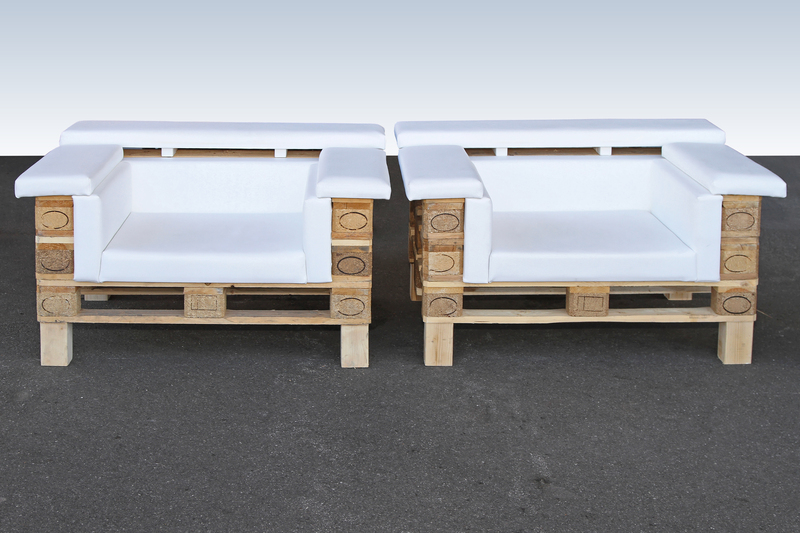In today's competitive industrial environment, reducing manufacturing waste is not only beneficial to the environment but also helps businesses save on costs and improve operational efficiency. Implementing strategies to cut down waste can lead to substantial financial gains and a more sustainable production cycle. This article explores actionable strategies for efficiently reducing manufacturing waste, ensuring that industries can operate optimally while prioritizing sustainability.
Understanding Manufacturing Waste
The term "manufacturing waste" encompasses any material discarded during the production process. These may include scrap material, defective products, overproduction, and any unnecessary consumable resources. Addressing these areas can dramatically reduce costs and promote eco-friendly practices within manufacturing facilities.

Types of Manufacturing Waste
- Material Waste: Excess raw materials that go unused or are discarded.
- Time Waste: Inefficient processes leading to downtime and delays.
- Energy Waste: Suboptimal use of power leading to higher energy consumption.
- Labor Waste: Misallocation of manpower resulting in reduced productivity.
- Defect Waste: Products that do not meet quality standards.
- Transportation Waste: Unnecessary movement of goods or materials within the facility.
Strategies for Reducing Manufacturing Waste
1. Implement Lean Manufacturing Techniques
Lean manufacturing focuses on maximizing value for customers while minimizing waste. Key principles of lean manufacturing include:
- Just-In-Time (JIT): Reducing inventory levels by producing only what is needed, when it is needed.
- 5S Methodology: Organizing the workplace into five phases: Sort, Set in order, Shine, Standardize, and Sustain.
- Value Stream Mapping: Analyzing and optimizing the flow of materials and information required to bring a product to the customer.
2. Optimize Energy Use
Optimizing energy consumption can significantly reduce manufacturing costs. Consider the following strategies:
- Upgrade Equipment: Invest in energy-efficient machinery and lighting systems.
- Monitor Energy Usage: Use sensors and automation to track energy use and identify waste areas.
- Implement Renewable Energy Solutions: Where possible, integrate solar panels or other renewable sources.
3. Enhance Process Efficiency with Automation
Incorporating automation can cut down on time and material waste. Automation reduces human error, speeds up production, and ensures consistency. Modern robotics and AI systems provide precision that manual operations cannot achieve, significantly lowering defect rates.
4. Recycle and Reuse Materials
Encourage recycling by setting up effective waste sorting and recycling systems. Materials such as metals, plastics, and even some chemicals can be reprocessed and reused, thus minimizing waste and saving costs. Create a culture of sustainability by training employees on recycling practices.
5. Improve Quality Control
Ensuring products meet quality standards minimizes the production of defective products. Improved quality control processes include:
- Regular Equipment Maintenance: Prevent breakdowns that lead to scrap production.
- Conducting Frequent Inspections: Identify defects early in the process.
- Investing in Employee Training: Ensure staff is well-versed with machinery and processes to maintain quality.
6. Streamline Supply Chain Management
Efficient supply chain management can decrease logistical waste significantly. This involves optimizing logistics, reducing transport needs, and improving inventory management. Implementing technologies like RFID and IoT can provide detailed data analysis for better decision-making.
7. Design for Reduce
Work collaboratively with product designers to create products that use less material without compromising on quality. This might involve rethinking the product design to allow for simpler assembly or employing materials that generate less waste during production.

The Benefits of Reducing Manufacturing Waste
Mitigating manufacturing waste is not solely an environmental or ethical issue; it has profound economic benefits. By reducing waste, manufacturers can enjoy:
- Cost Savings: By cutting down material waste, labor costs, and energy consumption.
- Higher Efficiency: Streamlined operations can lead to faster production rates.
- Better Quality Products: Focused quality control reduces defects.
- Improved Brand Reputation: Consumers favor companies that prioritize sustainability.
Conclusion
Transitioning to a waste-efficient manufacturing system requires a blend of strategic planning, technology investment, and fostering a culture of continuous improvement. By adopting methods to reduce, reuse, and recycle, manufacturers can achieve significant reductions in waste. This not only promotes a greener planet but also ensures businesses thrive in a competitive, resource-conscious market. Let's make efficient manufacturing waste reduction a priority for our industry!